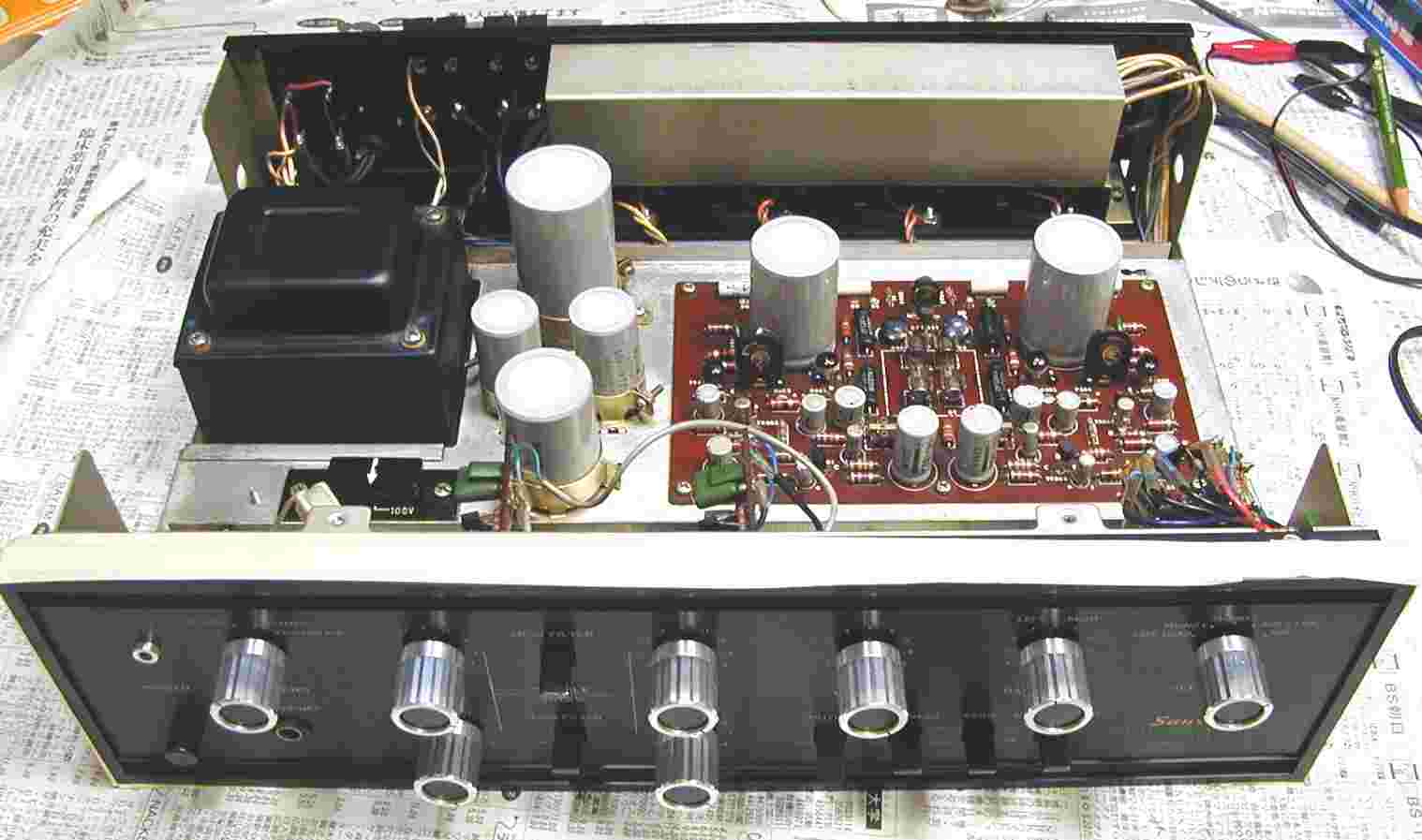When the pair of speakers arrived at my door step, they look "tired" as the cabinets were in average condition (6.5-7 out of 10). Initial inspection indicated the tweeters on both speakers have been damaged with one woofer look worn. Both mid-range drivers look to be in reasonable condition. Specification on the cabinets are 180W 6Ohms and are not bi-wireable. My guess is each cabinet weight about 12kg.
 |
| Frontal view |
 |
| View from the rear with bass port "covered" |
Once hookup, it was immediately evident both of the tweeters were not operational. When checking the drivers individually, I discovered one of the mid-range was not operational as well. Even so, the presentation was decent, actually quite pleasing to the ear. The stock crossover is simplistic with a single inductor with two bipolar capacitors and a single semi-conductor current breaker - no resistors.
Hence the 1st option was to replace the damaged drivers. Unfortunately we then discovered the original replacement units are quite pricey (in USD), especially after shipping from overseas.
Second option was to source for 3rd party alternatives. This was when we realised the baffle cutouts were unique, customised for original parts only. As my friend and I do not have a portable router, it was not worth purchasing one for a "1-off" task, in addition to the 3rd party alternatives.
Thus my friend decided to dispose of the speakers. It was mine to recycle. Now what should I do with this pair of crippled speakers? Or rather what can I do to it???



















